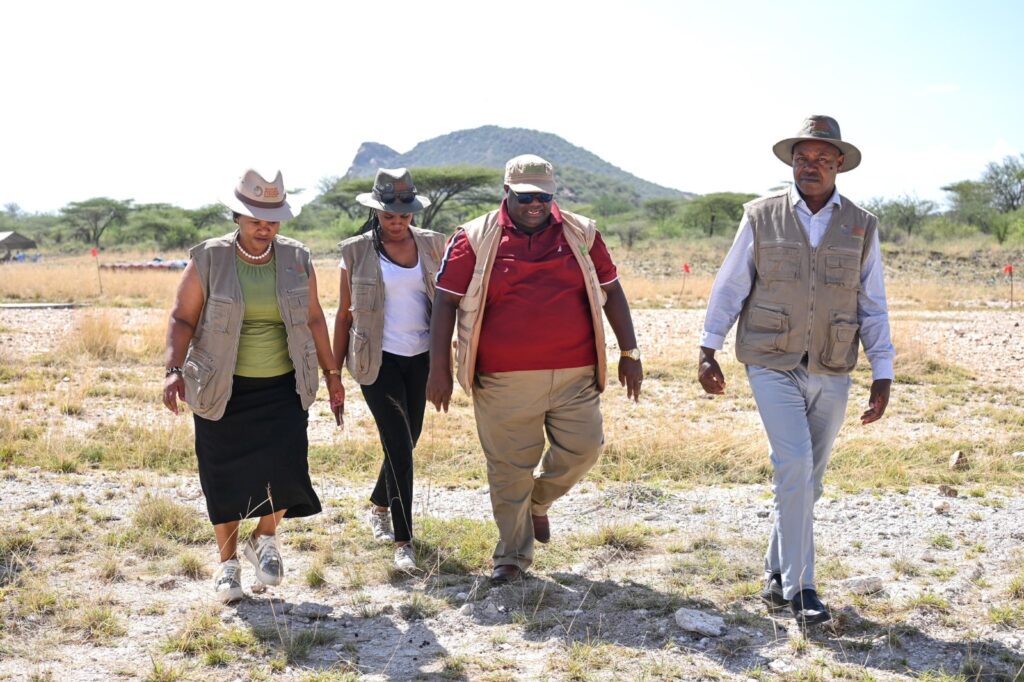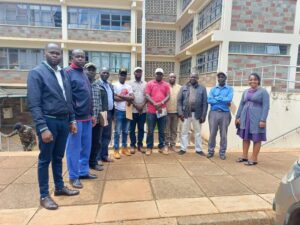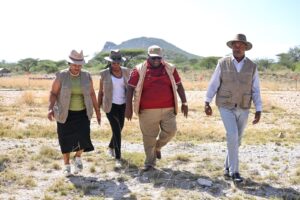Kenya Launches 2024-2025 National Wildlife Census to Boost Conservation Efforts

Kenya’s Ministry of Tourism and Wildlife, led by Cabinet Secretary Rebecca Miano EGH, officially launched the 2024-2025 second phase of the National Wildlife Census today at Shaba National Reserve. This significant initiative, conducted in collaboration with the Wildlife Research and Training Institute (WRTI), aims to gather critical data on the country’s wildlife populations and bolster conservation efforts.
Speaking at the launch event, Cabinet Secretary Miano emphasized the importance of this exercise, which she described as a vital tool for safeguarding Kenya’s natural wealth—one of the cornerstones of the nation’s pride and a key pillar of its thriving tourism sector. “It is the right of every Kenyan to know our wildlife numbers and understand what this data means for our communities, conservation efforts, and economic future,” she said.
The census, which is set to span several months, will provide comprehensive, scientific data on the current state of Kenya’s wildlife. This data will be used to craft more effective conservation policies, protect endangered species, and enhance the country’s reputation as a global tourism destination.
The initiative will also play a crucial role in aligning conservation strategies with the economic needs of local communities. By using data to assess wildlife numbers, the government can better understand the relationship between tourism, conservation, and local livelihoods, ensuring that these sectors work together for mutual benefit.
Kenya is home to a rich diversity of wildlife, including iconic species such as elephants, lions, and rhinos, making it a top tourist destination for wildlife enthusiasts from around the world. However, the country’s wildlife faces numerous challenges, including poaching, habitat loss, and climate change, all of which threaten its biodiversity.
Through initiatives like the National Wildlife Census, the Kenyan government seeks to strengthen its conservation efforts and ensure the long-term survival of its natural heritage. The data gathered will also inform policy decisions and help prioritize areas of concern, ultimately contributing to the broader goal of sustainable wildlife management.
“The results of this census will help shape the future of Kenya’s wildlife and tourism industries,” Miano noted. “It is our collective responsibility to conserve this wealth, not only for the benefit of today’s generation but for the generations to come.”
With the ongoing census, Kenya is reaffirming its commitment to wildlife conservation and sustainable tourism practices, positioning itself as a leader in protecting the environment while fostering economic growth.





